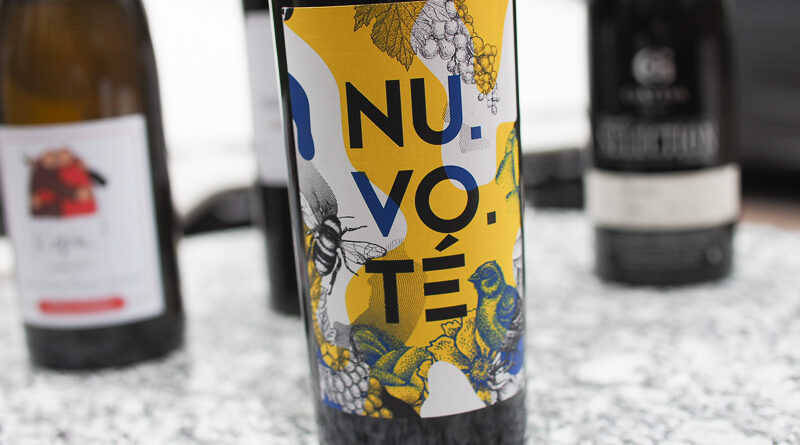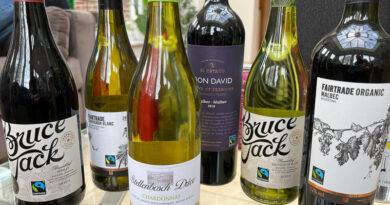The problem with varietial labelling
California in the 1960s, Australia in the 1970s. A shift in emphasis that was to prove a turning point in wine marketing. It was selling wines by the grape variety they are made from.
Rather than label their wines by generic terms borrowed from the old world – Burgundy, Chablis, Claret and Hock – these new world countries realised that making wines from a single well-known variety was a much more effective way of selling them. Consumers got to know Chardonnay, Cabernet Sauvignon, Pinot Noir, Merlot, Riesling and Sauvignon Blanc, and found that these grape varieties were a reliable buying cue.
This made wine much more accessible, and it has served the industry well. Rather than learn lots of place names, all non-involved customers need to do is learn half-a-dozen grape names.
There are three problems with the single varietal model, though.
The first has to do with efforts by the industry to move to a more sustainable future by planting disease resistant vines. Currently, vineyards are responsible for a large proportion of pesticide use in Europe, with fungicides the main culprits. In addition, each time they are applied there’s the carbon footprint of tractor diesel use, plus compaction of soil. There is no way to reduce this use of pesticides significantly because Vitis vinifera lacks resistance genes for powdery and downy mildew.
The only way towards a greener future in terms of fungicide inputs is to plant resistant vines. While it would be possible to produce genetically modified (GM) vines with the required resistance genes, GM in viticulture isn’t considered acceptable by consumers. This is the only way we could produce resistant versions of the varieties we know and love. So we have to resort to breeding, which means new varieties. This is because whenever a vine is grown from seed, the result is a new variety.
There has been a lot of breeding activity and now a number of modern resistant varieties are available. They are being planted, and nurseries are reporting huge demand (pictured top is Foncalieu’s Nu.vo.té, a blend of two resistant varieties). These new varieties have a number of resistance genes to both powdery and downy mildew, and once the genes (from resistant American and Asian Vitis species) are present (more than one of each is best to avoid resistance problems) then the resistant vines are back-crossed with vinifera varieties, making sure that the resistance genes have been kept. The result is an exciting set of new varieties with good flavours and green credentials.
For most wines, using these new varieties would make a lot of sense. The only thing holding them back is that consumers have been used to varietally labelled wines. However, where it’s the norm for wines to be blends, or where they are labelled by place rather than variety, then adoption of new varieties is a much easier proposition.
The second problem with varietal obsession is that all the attention has gone to a small set of superstar varieties. Thus these famous varieties are displacing other, more traditional varieties, many of which are better adapted to where they are grown than the insurgent celebrity varieties.
A third, related problem is that the wine world is experiencing climate chaos, with a strong warming trend. It’s going to be necessary to re-think which varieties are planted where. Varieties tend to excel close to the limits of where they can successfully ripen. Too much warming, and a variety capable of greatness might end up making merely good wines.
Of these three problems, the first – the fact that varietal labelling will stop larger companies replanting with resistant varieties – will be the most pressing issue. It’s going to be hard justifying the current level of pesticide use for viticulture for inexpensive wines when resistant varieties exist that would make wines of comparable style and quality.




